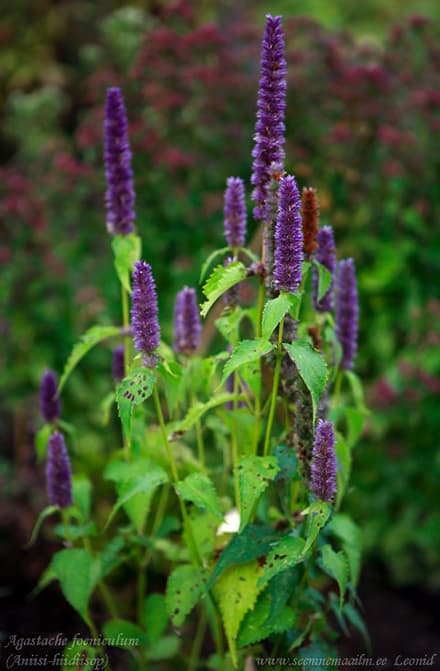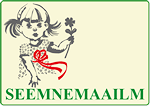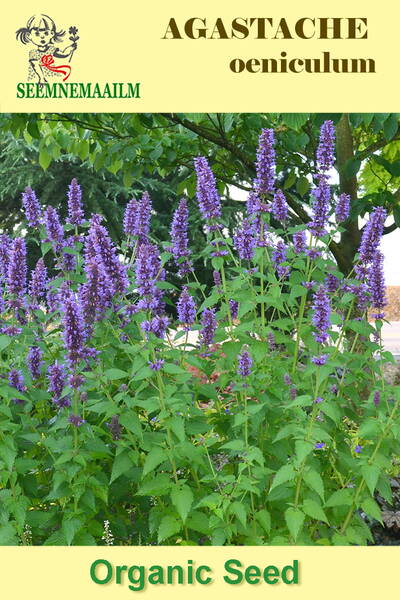Aroma in the garden and in the kitchen!
Perennial, but due to its weak winter hardiness it is grown in Estonia as an annual spicy-aromatic plant, with valuable medicinal and decorative properties. Excellent honey plant.
The variety is mid-season: the period from the beginning of growth to cutting (mass flowering) is 55-60 days, 60-70 cm high. The leaves are green, long-petiolate. The flowers are small, white, collected in spike-shaped inflorescences. It has a pleasant anise aroma and a spicy sweetish taste. The yield of green mass is 1.7-1.9 kg / m².
Value of the culture: a unique medicinal plant, a symbol of youth and beauty. It has a general tonic and anti-aging agent, has bactericidal and blood-purifying properties: removes toxins and radionuclides from the body. Young leaves are used in salads, as a seasoning for meat, fish and vegetable dishes and as a spice when baking bakery products, added to compotes, medicinal teas.
It is successfully used as an ornamental plant in group plantings, mixborders.
1.0 g = 2900 seeds.

The seeds are sown in open ground in mid-May to a depth of 0.5-1 cm. Shoots appear in a week. In the phase of 3-5 true leaves, they are transplanted to a permanent place. The area should be illuminated with well-fertilized and loose soil. Leave a distance of at least 70 cm between plants, since the bushes are tall (about 120 cm) and highly branched. The stems are tetrahedral, strong and do not need garters. The leaves are light green, large (about 10 cm long, 2-4 cm wide), with serrated edges. Lilac-purple fragrant flowers are collected in dense spike-shaped inflorescences up to 20 cm long.
In order for the plants to be well prepared for winter, you should not let them bloom in the first year, and if flower stems form, they should be plucked.
Winter hardiness increases if you feed them with a solution of ash (or potassium salt) and superphosphate in August. For the winter, the plantings are covered with sawdust, fir needles, peat with a layer of 30 cm and spruce branches and straw on top - this is enough for the plants to survive forty-degree frosts.
Raw materials are harvested from the second year: the upper part (about 40 cm) of the plants is cut off before mid-August, and the lower part is left. In autumn, the nutrients produced by the leaves flow to the roots, thereby increasing the winter hardiness of the plants.
Lophanthus can be grown in one place for 5-6 years. Two or three plants fully satisfy the needs of the family. The central inflorescences are left for seed purposes.
Lophanthus produces a lot of seeds, and they have time to ripen even in Estonian conditions. The seeds are brown, oblong-oval, 2 mm long. They retain their germination capacity for 3 years.
Eng.: Anise hyssop, anise-mint, licorice mint, wonder honey plant. Bot. syn.: Agastache anethiodora (Nutt.), Agastache anisata.












